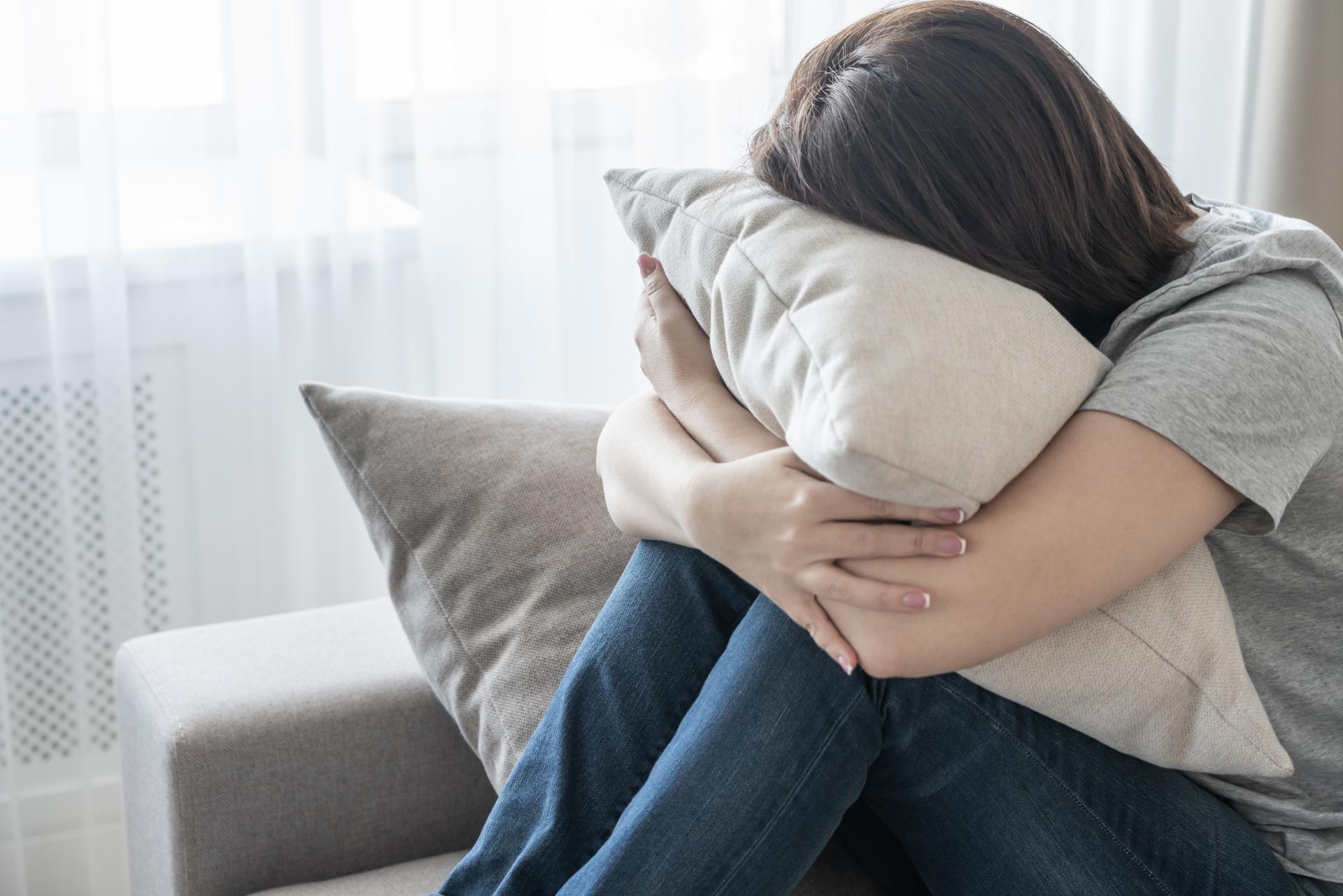
The staggering reality of life for young people after leaving out-of-home care
03 Nov 2021
For a young person, being taken out of their family of origin and being put into a form of out-of-home care (OHC) can have long term, life affecting consequences.
Young people in the OHC system usually have family backgrounds of disadvantage, poverty, disability and mental illness, and many have experienced abuse, neglect, family violence or parental substance misuse before entering care. Types of OHC include foster, relative or kinship care; family group homes; residential care; and for those young people in an older age bracket (usually over 16), supported independent living arrangements. Where some young people are lucky to find a place to rebuild their emotional life in a supportive foster home, others are not so fortunate.
Now, the largest and one of most comprehensive studies of Australian young people leaving OHC has tracked the medical, legal and homelessness service use over four years of all 1,848 young people who left care in Victoria during 2013 and 2014.
Hospital admissions
The research reveals that within 30 days of leaving care, two per cent of young people went a hospital emergency department due to a self-harm incident; after four years, one in five young people (20%) had gone to hospital emergency due to a self harm event and another 22 per cent had presented to the emergency department with a mental health condition. Compared with similar aged young Victorians, young people who had experienced OHC had a 2.7 times larger rate of hospital admissions; 4.5 times larger rate of presentations to hospital emergency; and a 21 times larger rate of use of Alcohol/Drug Treatment services.
Interaction with the justice system
Within four years, 10 per cent of OHC leavers had a custodial youth justice sentence and 21 per cent had received a community youth justice sentence; a rate 9.6 times larger than for similar aged Victorians who did not experience OHC.
The risk of homelessness
Such analysis reveals the high levels of need and vulnerability for care leavers. It is of deep concern that more than half of the OHC leavers (54%) were at risk of homelessness or had experienced homelessness within four years. Under a third (29%) of all leavers applied for public housing within four years, but of that group only 30 per cent were allocated a tenancy. For those who received a tenancy, the median waiting time was just over two and a half years.
Analysis of the more complete data for the sub-cohort of 336 care leavers who left in the last three months of 2014 reveals that 229 (68%) accessed homelessness services in the four years after exit; a percentage that is more likely to reflect the true proportion of care leavers who used a homelessness service.
Ensuring successful transitions
Previous AHURI research shows the importance of having safe, secure and affordable housing in a successful transition from OHC to independent living and that the first post care placement is particularly important. Those young people who experienced a ‘smooth’ transition from OHC identified the quality of the accommodation and support as a critical factor; and were able to use stable housing as a base from which to start engaging with employment, training and education opportunities. Other young people, who had ongoing support from foster parents and extended kinship groups (e.g. grandparents or aunts/uncles), found their ‘emotional security was often underpinned by a reassurance that if things did not work when they moved out, they still had a home to return to’, and that ‘(k)nowing they have somewhere to go and someone to turn to if things subsequently go bad can make the transition to independent living much easier for care leavers. When this option is not available, care leavers’ housing circumstances often deteriorate rapidly’.
The obligation on governments
The AHURI research examines the concept of the ‘corporate parent’ which identifies that ‘in the absence of family support and guardianship, children and young people rely on child protection agencies to fulfil the role of caregiver, parent and guardian’ and argues that ‘the statutory authority who facilitated the removal of the child from their family is legally and morally responsible for their wellbeing.’
In addition, ‘(a)n extended leaving care age … means young people will have greater opportunities to develop ontological security, knowing that attempts at independence before the age of 25 will continue to be supported, should they be unsuccessful (just as non-care peers experience with their families).’
Raising the age of support
The research findings support the notion that young people are not ready to leave care and live independently at the age of 18, particularly when it sits in stark contrast to community expectations for other young people. This cut-off age is enforced in nearly all Australian jurisdictions, apart from Victoria, which, as of 1 July 2021, has raised the age of leaving care to 21 and gives young people ‘a choice to remain with their carers or transition to other housing options, supported through an allowance, case work and flexible funding.’
The report recommends that all jurisdictions increase the leaving care age to a minimum of 21 years. This brings the leaving care age slightly closer to community expectations regarding independence for young adults.
